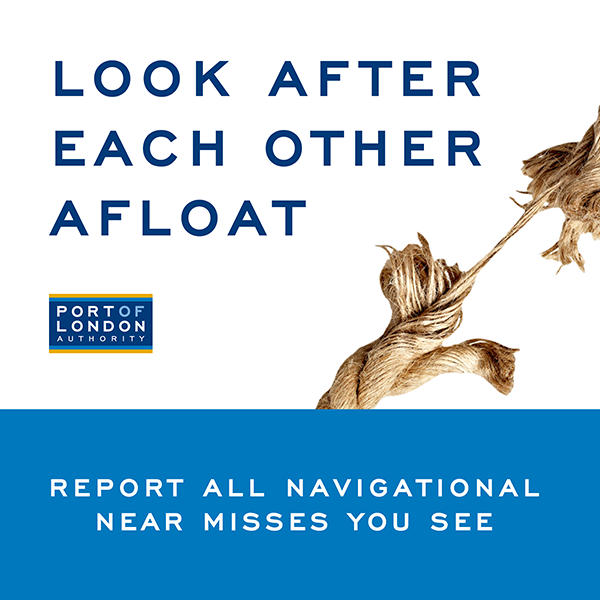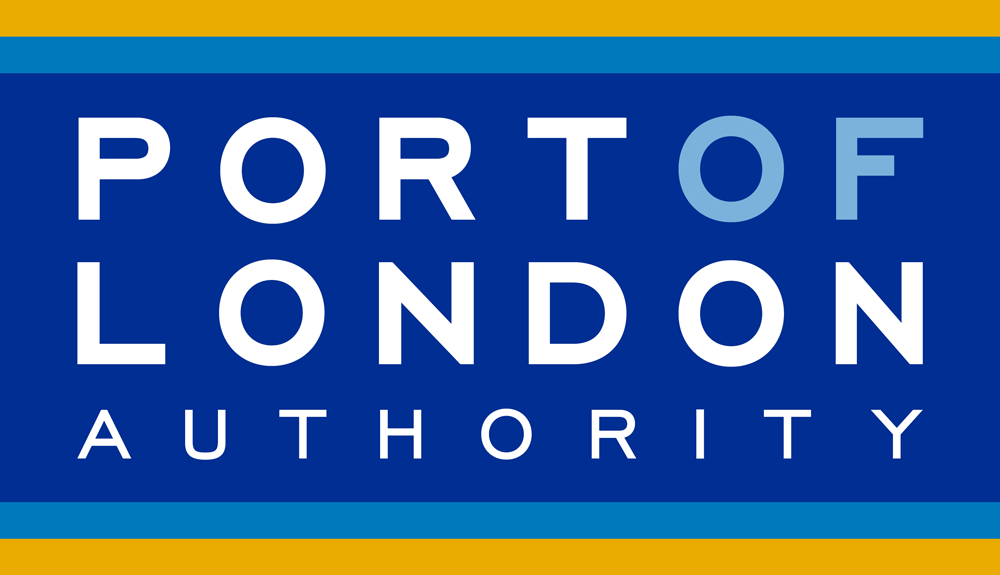Live Tides
NOTICES TO MARINERS
Charts & Surveys
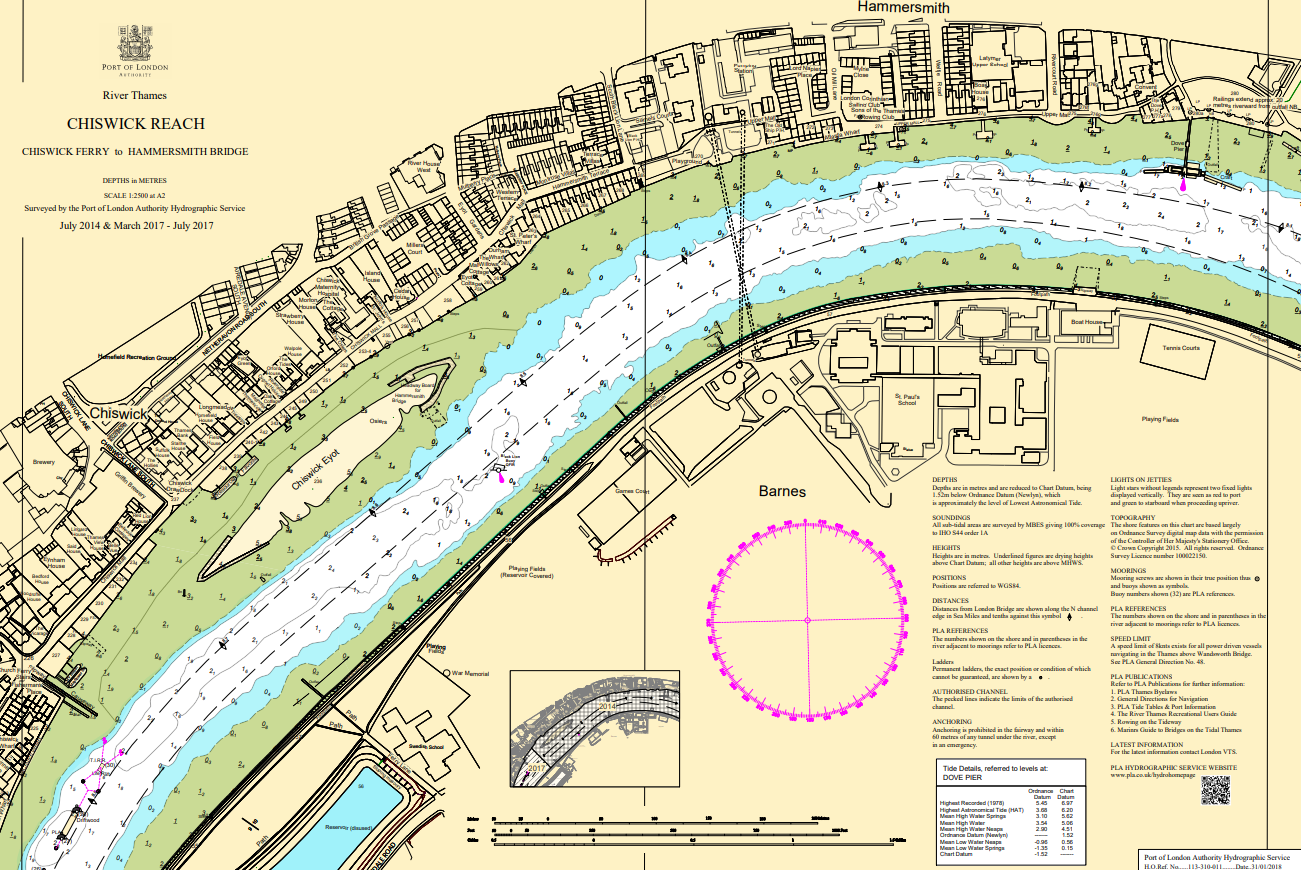
Incident reporting
Life-threatening emergencies on the river:
Call 999 and ask for the Coastguard
For near miss, safety observations and incident reporting click below
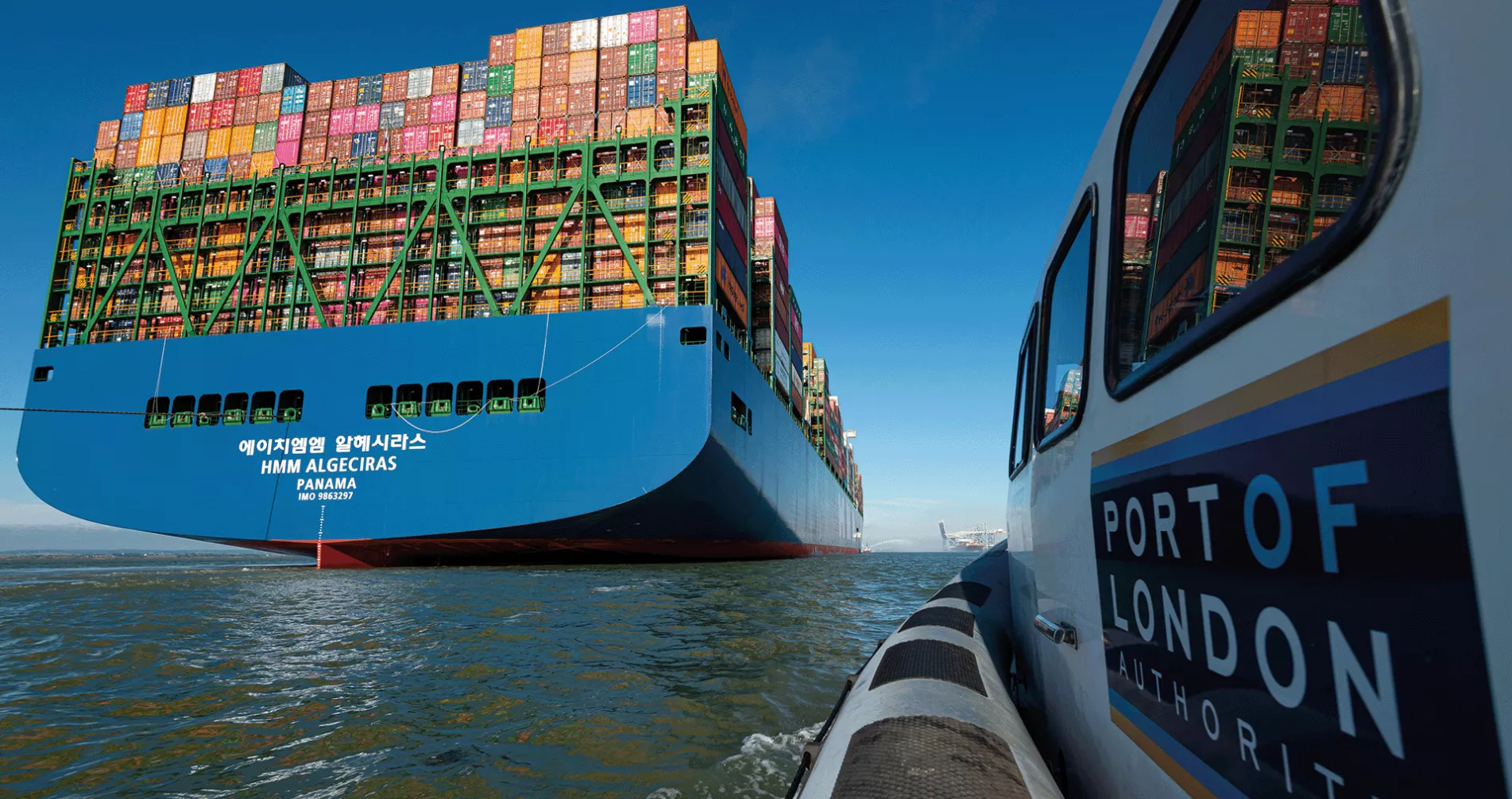
Contact us
We welcome feedback and questions about our activities, the Port of London and the tidal Thames
On this page
Urgent navigational or environmental issues on the river
Issues such as collisions, contact, grounding, pollution/sheen, animal in distress, sunk/abandoned vessels
Phone our 24-hour VTS on:
- Thames Barrier Navigation Control, for matters between Teddington to Crayfordness: +44 (0)203 260 7711.
- Port Control Centre, for matters east of Crayfordness to the Outer Limits: +44 (0)1474 562215.
Radio London VTS over VHF:
- Channel 14 Teddington - Crayfordness
- Channel 68 Crayfordness - Sea Reach 4
- Channel 69 Sea Reach 4 - Seaward Limit
Life-threatening emergencies on the river: Call 999 and ask for the Coastguard
Be prepared to give your name, location and the nature of the emergency. Do not enter the water.
Near misses, safety observations and incident reporting
Near collision? Close call? Narrow escape?
We're all responsible for safety on the tidal Thames. Help us keep the river safe for sport, for navigation and for the animals that call it home.
Vessel masters and those in charge of vessels using the Thames are required, under the provisions of PLA Byelaws, to report specific categories of incident to the PLA. All navigational incidents are fully investigated by the the Harbour Master team, with some incidents also investigated by the Marine Accident Investigation Branch (MAIB) and, occasionally, the Maritime & Coastguard Agency.
All river users -- including leisure -- are invited to report any navigational incidents (including near misses or general safety observations and concerns) so that the occurrences can be properly considered by the PLA. Be prepared to provide details about the location and issue.
Provide a full report of your observations via our online form:
- Click here to file a report via the web.
- You can also file a report via our free Android or iPhone app.
Incidents involving rowing boats
British Rowing has an online incident reporting system for all incidents involving rowers on the tidal Thames. This reporting system is not limited to the rowing community and non-rowers should use it if they are involved in or witness an incident involving rowing boats. Using this reporting system does not remove the requirement to make a report to PLA when this is required. The British Rowing online reporting system can be accessed via this link.
Our business information
Media enquiries
Main switchboard: +44 1474 562200
London River House
Royal Pier Road, Gravesend, Kent, DA12 2BG | View map | ///ship.panel.among
Marine House / Denton Wharf
Mark Lane, Gravesend, Kent, DA12 2PL | View map | ///visits.those.stores
Walsingham House
35 Seething Lane, London, EC3N 4AH. ///ozone.expert.owls
If you are a journalist with a query, contact our media line on +44 (0)7512 713233.
This line is for the news media only. Do not text.
Frequently asked
Find information about short-term moorings in our leisure boating area of the site.
Use our Resolver system to report serious wash incidents to our Harbour Master team.
The London Port Health Authority is responsible for matters including noise from vessels.
All filming activity (and all commercial still photography) on the tidal Thames requires a filming licence.
Those wishing to fly a drone/UAV over the Thames should notify us at least 3 working days in advance, to enable us to assess the potential impact it might have on the safety of river users.
Anyone searching the foreshore in any way for any reason requires permission from the Port of London Authority.
Find information about obtaining a licence for new or existing works or structures in the river in our Licensing & permits area of our site.
The Port of London Authority respects your privacy and is committed to protecting your personal data.
More answers
Use the form at the bottom of this page to send us your thoughts. Please provide as much information as possible to allow us to best respond to your enquiry.
London River House, our headquarters building, and Marine House at Denton Wharf, where are Marine Services department is based, are located in Gravesend, Kent. Our London-based office is Walsingham House.
- London River House, Royal Pier Road, Gravesend, Kent, DA12 2BG. View map. ///ship.panel.among
- Marine House, Denton Wharf, Mark Lane, Gravesend, Kent, DA12 2PL. View map. ///visits.those.stores
- Walsingham House, 35 Seething Lane, London, EC3N 4AH. ///ozone.expert.owls
The PLA's headquarters is well located for public transport options in Gravesend, Kent, a 10 minute walk from a mainline train station served by ThamesLink and Southeastern (including high speed services).
If coming from central London, combine a Thames Clipper to Woolwich, then pick up a train from Woolwich Arsenal -- a short walk away -- to travel on to Gravesend.
The area is served by many different bus routes. You can plan your journey here.
Denton Wharf is located in Gravesend, Kent, a 15 minute walk from the PLA headquarters at London River House and can be reached by ThamesLink and Southeastern (including high speed services).
Denton Wharf is served by the 416 bus route, which can be accessed outside the Gravesend Train Station. Ride six stops to Milton Ale Shades. The Wharf is a further 10 minute walk. You can plan your journey here.
If you're driving to either of our Gravesend locations, we can offer electric charging points and visitor parking -- if arranged in advance with the contact you are coming to visit.
There are strict maximum speed limits as follows:
- 12 knot speed limit between Wandsworth Bridge and Margaretness (just east of London City Airport)
- 8 knot speed limit above (ie west of) Wandsworth Bridge (and in all creeks and off Southend – in the inshore area)
Anyone navigating must ensure a safe speed at all times in all locations. This includes taking into account prevailing weather and tide conditions; size and type of vessel; location; and the safety of others.
Even at lower speed some vessels create unacceptable wash. Be aware of your wash – eg near piers, smaller craft, or riverworks. London VTS will broadcast information on local speed restrictions during regular bulletins on VHF Channel 14.
All users of recreational craft need to be aware they may come across some commercial vessels operating at higher speed – this is only permitted for certain ‘authorised vessels’ which have a special Certificate of Compliance enabling them to operate at higher speed in two specific ‘High Speed Craft Zones’ between Margaretness and Wandsworth Bridge.
Immediately phone 999 to report a potential unexploded ordinance. Do not approach the suspect item.
Put simply, a small boat used only for your own personal recreation or leisure use does not normally need a specific licence to navigate on the tidal Thames. If you are in any doubt about your craft, please contact us for guidance by using the form at the bottom of this page.
Yes. The Thames is a challenging and busy river. It can be harsh and unforgiving. Everyone on small recreational boats and craft should wear a lifejacket at all times. Detailed advice on lifejackets is available from the RNLI.
We highly recommend you carry one. VHF is a useful navigational aid and can be used to ‘listen and learn’ from other transmissions so that you can be aware of traffic movements. In addition, London VTS may need to contact you about a particular vessel movement or convey important safety information. A VHF (particularly with DSC functionality) could be a lifesaver in an emergency situation. Ensure you have the appropriate qualifications and licences to carry an operate a VHF.
Only vessels more than 13.7m are required to have operational VHF and maintain a continuous listening watch on the appropriate VHF channel (see London VTS.) There are exemptions for narrow boats above Brentford and vessels travelling in convoy – see our recreational users guide or our General Directions for more details.
The tidal Thames is a very challenging and potentially hazardous river. It is not suitable for a novice. If you are new to boating or inexperienced with your craft, you should first go on a suitable course, for example one run by the RYA. More details at www.rya.org.uk
Those experienced with their vessel need to consider safety carefully. For example:
- ensure the watertight integrity of your vessel and be prepared for the water conditions you will be navigating through. The Thames is categorised by the MCA as Category C waters - you should expect waves up to 1.2 metres.
- plan your passage carefully.
- read the current Notices to Mariners for the area of your intended passage and consider them in your passage plan.
- consider where you will be mooring and make your mooring bookings well in advance.
- check all equipment – eg VHF, navigation lights, lifejackets etc.
Find more information in the leisure boating area of our website.
There are hazards on the foreshore: it should not be regarded as a pleasure ‘beach’. Normal guidance is to avoid it and instead enjoy the river safely from dry land at embankment level.
Anyone visiting the foreshore does so entirely at their own risk, accepting it is a dangerous place and dangers may not be immediately apparent.
Those on the foreshore take personal responsibility for their safety and of any accompanying minors, and must satisfy themselves that the route taken is safe and suitable. All steps and stairs have slip and trip hazards and can be in poor repair. There is raw sewage on the foreshore and in the water. Wear strong footwear.
The river is cold and deep with fast currents. It rises and falls by seven metres. Check tide times carefully on our website https://tidepredictions.pla.co.uk/. Make sure you can get off the foreshore quickly and make sure appropriate steps are close. Keep a close watch on the tide and wash from passing boats.
‘Paddling’ or anything that risks entering the river should be avoided.
Anyone searching the tidal Thames foreshore from Teddington to the Thames Barrier - in any way for any reason - must hold a current Foreshore Permit from the Port of London Authority. This includes all searching, metal detecting, ‘beachcombing’, scraping and digging.
Urgent environmental issues: Phone our 24-hour VTS duty officer on 0203 260 7711. The incident may require an immediate response by the Harbour Masters. Be prepared to give details about the location of the issue.
No. Personal Water Craft (PWC) / jet skis are not allowed anywhere on the Thames in the London area. In other words, they are strictly prohibited anywhere in west, central or east London. There are a small number of designated locations in the Thames Estuary off the Essex and Kent coasts where they are permitted. Further guidance can be found here.
There are restrictions for some types of craft. Our normal advice is for non-powered craft and inexperienced boaters to avoid the very busy central London stretch. The river above Putney is relatively benign. But below Putney and into central London it is much more hazardous.
It becomes increasingly ‘sea-like’ and small craft have to navigate in areas of high traffic density – including large and fast powered vessels, some with limited manoeuvrability and others generating significant wash. Wave heights of a metre are easily possible.
More guidance on your specific activity can be found on our Active Thames website.
Swimming in the tidal Thames is not an activity which the Port of London Authority encourages.
The tidal Thames is fast-flowing and the busiest inland waterway in the UK accommodating over 20,000 ship movements and hosting over 400 events each year. It is for these reasons we restrict swimming throughout the majority of our jurisdiction for the safety of swimmers and river users.
Swimming may take place upriver of Putney Bridge through to Teddington. It is permitted in this area only but be reminded that it is still a busy section of the tidal Thames for leisure and recreational activities.
Swimming across the river is not permitted anywhere.
Additional guidance and information about locating suitable swimming venues can be found here.
All events or race proposals must be discussed with the PLA at the earliest stage, however at least four weeks’ notice is required – to ensure the safety of the event and that of other river users in this very busy and safety critical waterway. All events must have proof of insurance and a permit. Find our event organiser guidance here.
You do not need permission from the PLA. You may need the permission of the riparian landowner.
Our advice is to find a suitable and safe location next to the river, and a quiet time of the day. Do not place the container or any plastic in the water. We request ashes are not scattered from bridges.
We have a wealth of information on tides and tidal predictions, which you can find here. You can use the Tide prediction tool to select a specific gauge and date.
If instead you would prefer a printed copy of the tide tables, you can purchase one in our online shop.
It is entirely possible to fish along the Thames within the correct seasons, and with a rod licence, providing the land owner has given you permission. Contact the Environment Agency.
You will need to buy a fishing rod licence to fish for freshwater species along the tidal Thames. More information about fishing licences for the Thames can be found here.
There are a many fishing clubs on the estuary. For example: Thames Angling Conservancy
Sea angling is also popular below the Thames Barrier, there are a number of boats that will take groups out onto the Thames in both Essex and Kent.
No. Magnet fishing in the tidal Thames is not allowed -- even with a Foreshore Permit. The hobby poses potential hazards to navigation, the environment and the safety of individuals involved and other river users.
Seals
Grey seals are most frequently seen between October to December. Grey seal pups are born between August and November.
Common Harbour Seals are most commonly seen between June and August. August is the time of harbour seal moult period, where seals spend a greater proportion of their time hauled out on sand banks. More information from the ZSL.
Porpoises
Harbour Porpoises are most frequently seen between January and April.
Black-tailed godwits and other waterfowl
Black-tailed godwits prefer muddy estuaries where they feed on invertebrates. Breeding sites are found in the Thames Estuary and Marshes SPA and Holehaven Creek.
Black-tailed godwits are seen in variable numbers on the Thames in winter, with less than 100 birds recorded on the Thames Estuary in some winters but more than 1,000 in other years.
The Thames is slowly getting cleaner as industrial and sewage treatment work discharges into the estuary have to meet more stringent requirements. Pollution incidents still do occur and the ecology is very sensitive to sudden changes. There are still some impacts on the river that we are not able to say have or can be reduced. There is still a lot of litter in the Thames being blown or washed in.
The high temperatures found in the estuary during some summers makes it very vulnerable to pollution that might reduce oxygen in the water.
Oil spills should be reported to the PLA, and any response is coordinated following the PLA oil spill plan. The PLA runs a response fleet, maintaining capability on the river that is used to deal with large oil spills, under the Thames Oil Spill Clearance Association.
Sightings may require an urgent or immediate response. Scroll to the top of this page for the number to reach our 24-hour VTS centre.
Further details about waste management can be found on our Waste Management Plan page.
Our extensive archive, which includes thousands of items, some dating back to 1799 -- well before the founding of the modern PLA, is held at and managed by the Museum of London Docklands. See their research guide for pointers about finding out more about your family connection.
Find directions to add an icon to your mobile home screen for easy access to our essential navigational safety information, including live tides, Notices to Mariners and events occurring on the tidal Thames, on this webpage.
Still have a query?
We aim to acknowledge feedback and enquiries within three working days of receipt. We will do all we can to investigate and resolve the matter as swiftly as we can, but otherwise we will aim to respond within ten working days. If this won’t be possible, we will let you know.
If you do not hear anything within 28 days, please contact the Corporate Affairs team on 01474 562200.
If you are unhappy with the outcome of the process, let us know and the secretary to the PLA Board will consider it further.
We keep records of feedback as part of our work to continuously improve our performance; you are asked to consent to this when you submit your information through the contact us form on this web page.
Discover
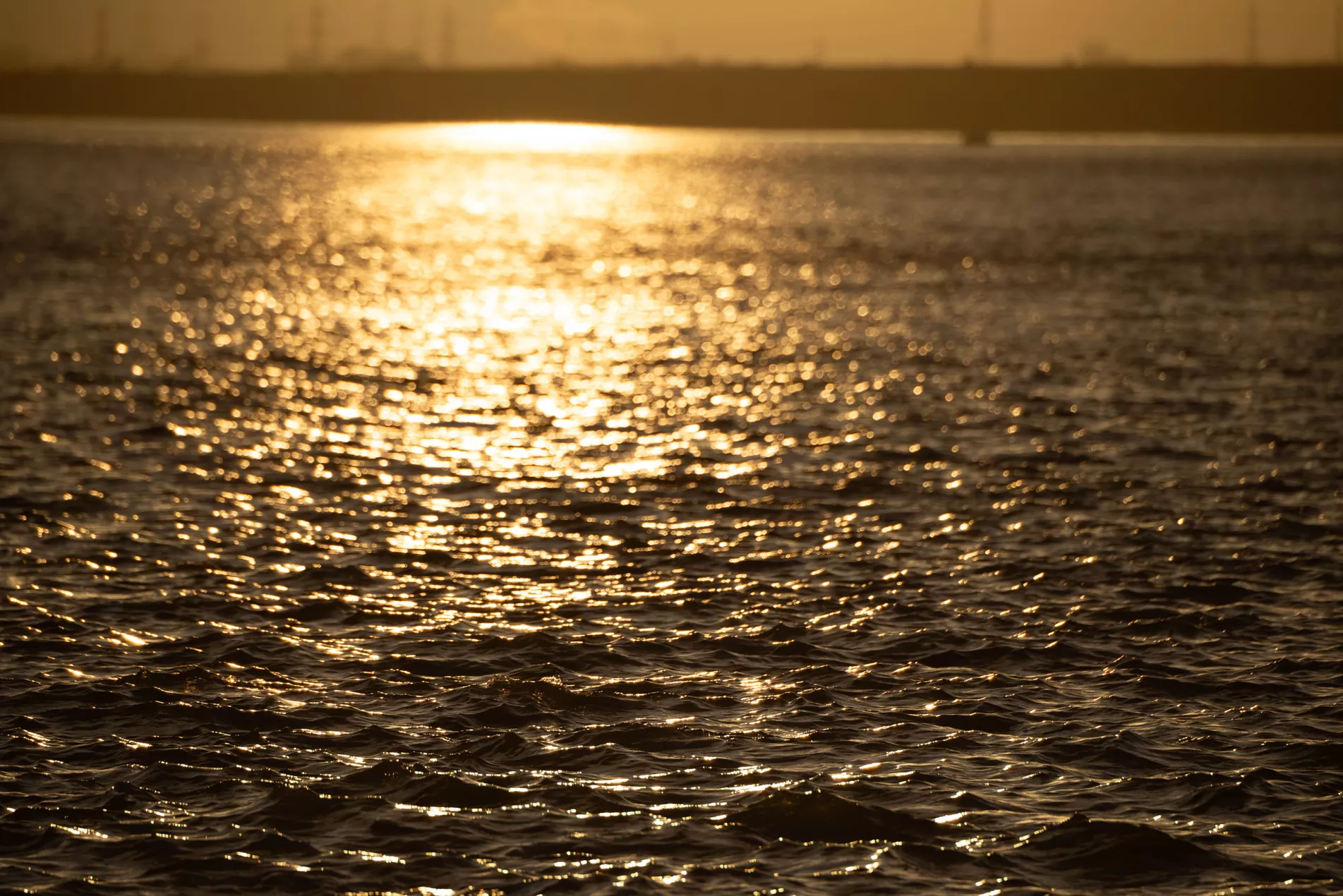
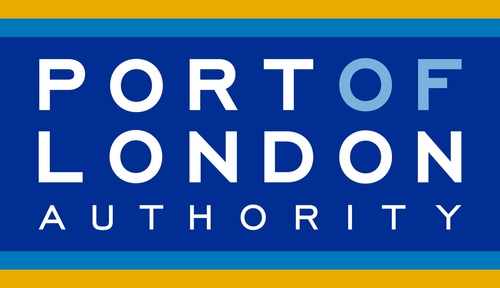
 Urgent issues
Urgent issues